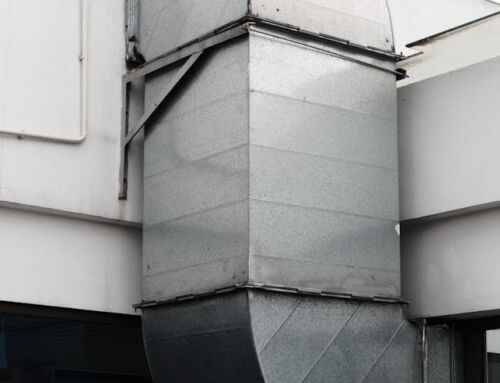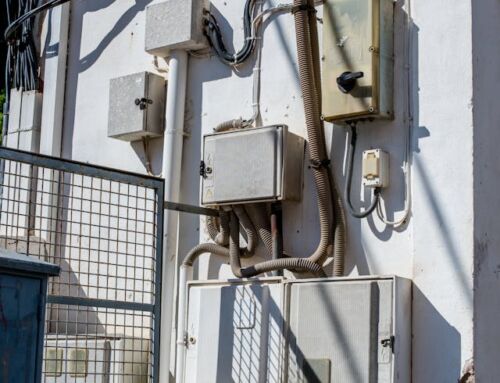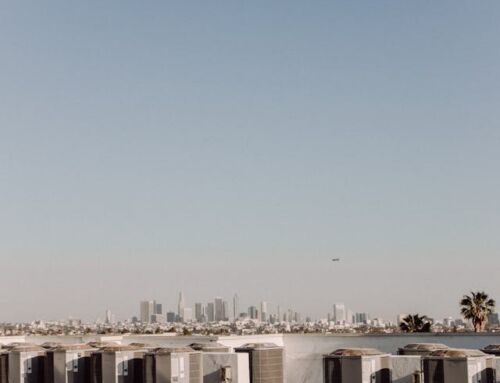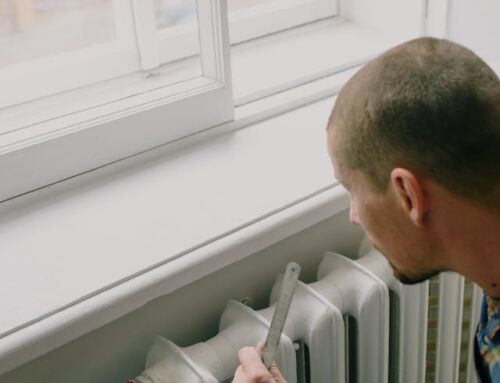Imagine this: you’re moving into a brand new office space in Auckland. The sunlight streams through expansive windows, the walls are adorned with living plants, and a refreshing coolness fills the air. But this isn’t just any office; it’s a LEED-certified building! Here in New Zealand, with its growing focus on sustainability, LEED certification is becoming increasingly important for businesses looking to minimise their environmental impact. But how exactly does a building qualify as LEED (Leadership in Energy and Environmental Design)?
LEED certification is a globally recognised green building rating system that encourages sustainable practices throughout a building’s life cycle, from design and construction to operation and maintenance. How can HVAC play a role in a LEED-certified building? Believe it or not, these climate control systems can significantly contribute to a building’s overall environmental performance.
The Power of Efficiency: Saving Energy and Money
LEED certification prioritises energy efficiency, and how can HVAC systems play a role in a LEED-certified building starts with this crucial aspect. Traditional HVAC systems can be energy guzzlers, constantly working to maintain a comfortable indoor temperature. But with advancements in technology, a range of features can help reduce energy consumption and earn LEED points:
Smart thermostats
These clever devices learn your occupancy patterns and adjust the temperature accordingly. Imagine your office automatically cooling down at night and gradually warming up before you arrive in the morning – no more wasted energy! By optimising your system’s operation based on your specific needs, you can significantly reduce energy consumption and lower your utility bills.
High-efficiency equipment
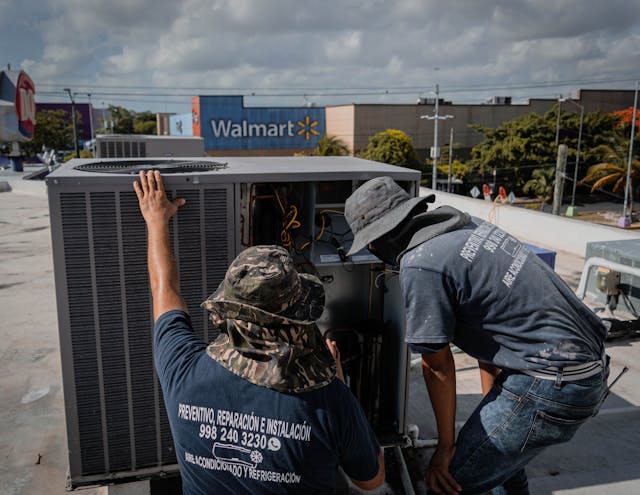
Look for HVAC systems with a high Energy Star rating. These systems utilise cutting-edge technology to deliver the same level of comfort while consuming less energy. By investing in high-efficiency equipment, you can reduce your carbon footprint and contribute to a more sustainable future.
Variable speed drives
These adjust the speed of fans and pumps based on cooling or heating needs, preventing unnecessary energy waste. By optimising airflow and reducing the energy required to operate the system, variable speed drives can significantly improve energy efficiency.
Zoning systems
These allow for different temperature settings in various zones of the building. For instance, the server room might need to be cooler than the reception area. Zoning ensures you’re not wasting energy cooling spaces that don’t require it. By tailoring the temperature to specific areas, you can create a more comfortable and energy-efficient environment.
Beyond Efficiency: Creating a Healthy and Sustainable Environment
How can HVAC play a role in a LEED-certified building extends beyond just saving energy. LEED also focuses on creating a healthy indoor environment for occupants. Advanced HVAC systems can play a significant role in achieving this:
Improved air quality
LEED-compliant HVAC systems often incorporate advanced filtration systems that remove dust, allergens, and other pollutants from the air. This can lead to a healthier and more productive work environment for your employees. In a city like Auckland, where pollen allergies can be a concern, this feature is particularly valuable, as it can help reduce allergy symptoms and improve overall well-being.
Ventilation with fresh air
Proper ventilation is crucial for bringing in fresh air and removing stale air. LEED-compliant systems ensure adequate fresh air intake, contributing to a more comfortable and healthy indoor environment. By providing a constant supply of fresh air, HVAC systems can help improve cognitive function, reduce fatigue, and enhance overall productivity.
Reduced moisture control
Excess moisture can lead to mold growth and other health problems. LEED-compliant HVAC systems are designed to control humidity levels, preventing these issues. By maintaining optimal humidity levels, HVAC systems can help prevent the growth of mold and mildew, improving indoor air quality and reducing the risk of respiratory problems.
Building for the Future: Sustainable Practices and Smart Design
How can HVAC systems play a role in a LEED-certified building also encompasses the overall design and construction process. LEED encourages sustainable practices throughout the building’s life cycle, and HVAC systems can contribute in a few ways:
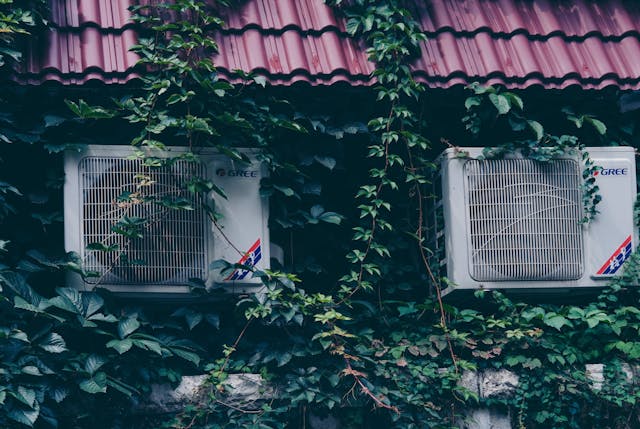
Refrigerant selection
LEED encourages the use of environmentally friendly refrigerants with a lower global warming potential. By selecting refrigerants with a low Global Warming Potential (GWP), you can minimise the system’s impact on climate change.
Recycled materials
Opting for HVAC systems built with recycled materials can contribute to LEED points and reduce the environmental impact of the building. This reduces the demand for virgin materials and minimizes waste in the manufacturing process.
Commissioning process
A thorough commissioning process ensures the HVAC system is installed and operating optimally, maximising energy efficiency from day one. By commissioning your HVAC system, you can identify and address any performance issues early on, ensuring it operates at peak efficiency and saves energy.
Partnering for Green Success
While a well-designed and efficient HVAC system is crucial for a LEED-certified building, it’s equally important to have a knowledgeable partner to guide you through the process. A qualified HVAC company can help you:
Choose the right LEED-compliant HVAC system
With a variety of options available, an experienced company can assess your specific needs and recommend the most suitable system for your building and its LEED goals. They can help you evaluate factors such as energy efficiency, durability, and environmental impact to make an informed decision.
Optimise your system for efficiency
Proper installation, maintenance, and ongoing monitoring are essential for maximising energy savings and LEED points. A qualified HVAC company can ensure your system is installed correctly, tuned up regularly, and operating at peak performance.
Navigate the LEED certification process
A qualified HVAC company can provide guidance on how your HVAC system contributes to LEED certification and helps ensure it meets all the necessary requirements. They can also help you document your system’s performance and energy savings to support your LEED application.
Prolectrix is a trusted name in HVAC design and installation, with a commitment to sustainable practices. We can help you choose and implement a LEED-compliant HVAC system that not only keeps your building comfortable but also reduces your environmental impact.
Conclusion
How can HVAC play a role in a LEED-certified building? The answer lies in their ability to contribute to energy efficiency, improved indoor air quality, and sustainable practices. By selecting the right HVAC system, implementing energy-efficient strategies, and partnering with a knowledgeable HVAC company, you can create a building that is not only comfortable but also environmentally responsible.
So, the next time you step into a LEED-certified building, remember the role of HVAC systems in creating a sustainable and healthy environment.


